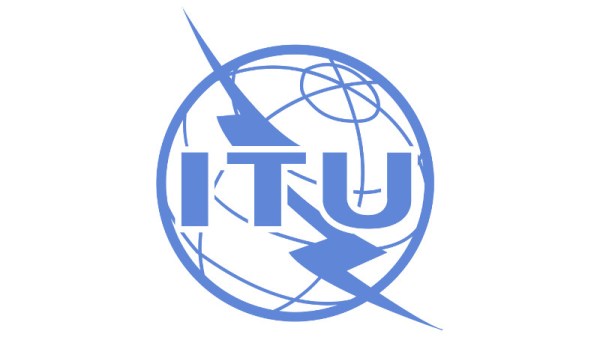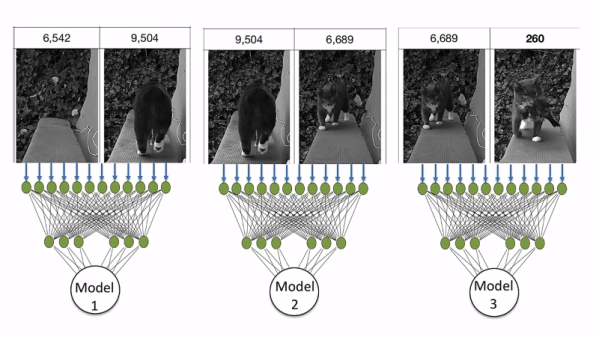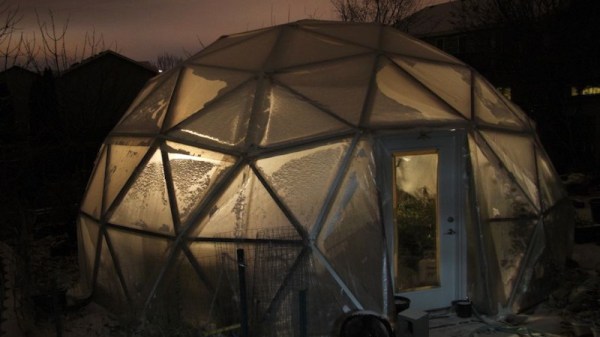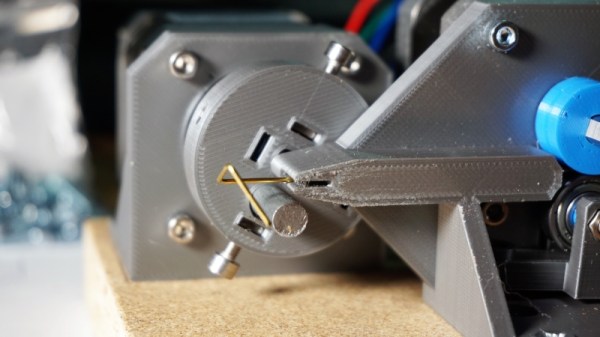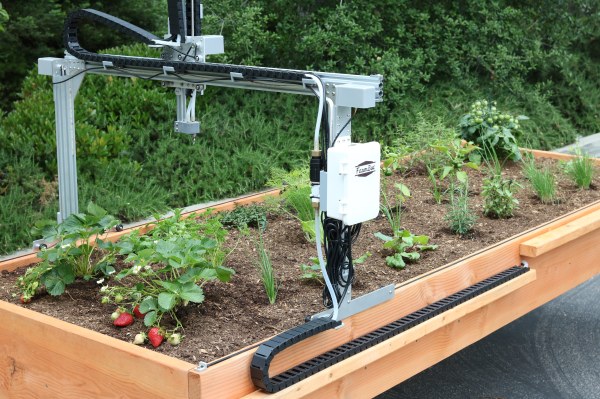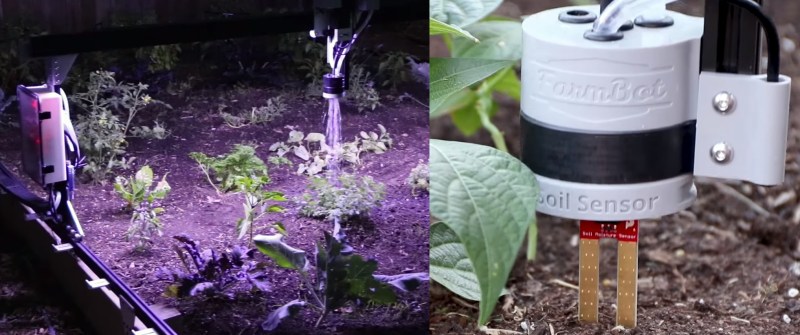A story that has been on the burner for a few weeks concerns a proposal that will be advanced to the ITU World Radiocommunication Conference 2023. It originates with French spectrum regulators and is reported to be at the behest of the Paris-based multinational defence contractor Thales. The sting in its tail is the proposed relegation of amateur radio to secondary status of the widely used two-meter band (144 MHz) to permit its usage by aircraft. The machinations of global spectrum regulation politics do not often provide stories for Hackaday readers, but this one should be of concern beyond the narrow bounds of amateur radio.
Most parts of the radio spectrum are shared between more than one user, and there is usually a primary occupant and a secondary one whose usage is dependent upon not interfering with other users. If you’ve used 435 MHz radio modems you will have encountered this, that’s a band shared with both radio amateurs and others including government users. While some countries have wider band limits, the two-meter band between 144 MHz and 146 MHz is allocated with primary status to radio amateurs worldwide, and it is this status that is placed under threat. The latest ARRL news is that there has been little opposition at the pan-European regulator CEPT level, which appears to be causing concern among the amateur radio community.
Why should this bother you? If you are a radio amateur it should be a grave concern that a band which has provided the “glue” for so many vital services over many decades might come under threat, and if you are not a radio amateur it should concern you that a commercial defence contractor in one country can so easily set in motion the degradation of a globally open resource governed by international treaties penned in your grandparents’ time. Amateur radio is a different regulatory being from the licence-free spectrum that we now depend upon for so many things, but the principle of it being a free resource to all its users remains the same. If you have an interest in retaining the spectrum you use wherever on the dial it may lie, we suggest you support your national amateur radio organisation in opposing this measure.

